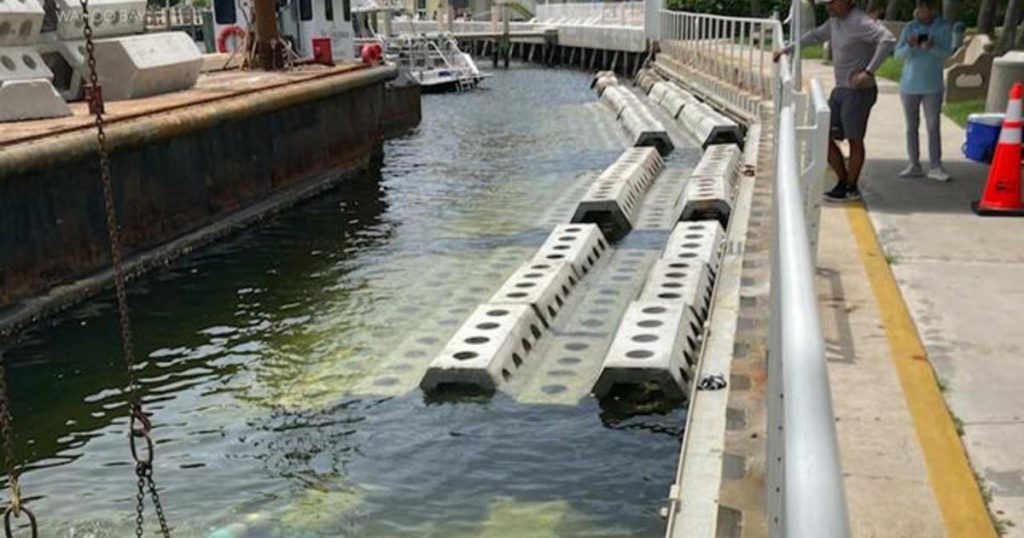In the wake of severe storms caused by this year’s hurricane season, coastal communities are taking proactive measures to reinforce their shorelines against potential future disasters. Business and government entities are embracing innovative approaches that not only protect their coasts but also promote the sustainability of marine life. By investing in strategic initiatives, these communities aim to mitigate the impact of storm surge and flooding, which have left devastating consequences in their wake.
One key strategy being implemented is the restoration and enhancement of natural barriers such as mangroves and coral reefs. These ecosystems play a crucial role in protecting coastlines by absorbing wave energy and reducing erosion. By fortifying these natural defenses, communities can help buffer the impact of storms, providing essential protection for coastal residents and infrastructure. Additionally, efforts to promote the health of marine life contribute to the overall resilience of coastal ecosystems.
In addition to natural barriers, communities are also exploring the use of man-made structures and technologies to reinforce their coastlines. Seawalls, breakwaters, and artificial reefs are among the options being considered to enhance coastal resilience and protect against extreme weather events. These structures can help reduce the intensity of waves and prevent erosion, safeguarding vulnerable coastal areas from the destructive force of storms. By strategically designing and implementing these defenses, communities are taking proactive steps to minimize the risk of future damage.
Furthermore, partnerships between public and private sectors are driving the development of innovative solutions to coastal protection. Collaboration between businesses, governments, and conservation organizations allows for the pooling of resources and expertise to address the complex challenges of coastal resilience. By leveraging the strengths of various stakeholders, communities can implement comprehensive strategies that incorporate both natural and artificial defenses, maximizing the effectiveness of their coastal protection efforts.
The integration of data and technology is also playing a vital role in strengthening coastal resilience. Advanced modeling and monitoring systems enable communities to better understand the dynamics of their shorelines and assess the potential impacts of storms. By utilizing real-time data and predictive analytics, decision-makers can make informed choices about coastal management and emergency preparedness. This data-driven approach enhances the efficiency and effectiveness of coastal protection measures, ultimately improving the ability of communities to withstand the threats posed by extreme weather events.
Overall, the proactive measures being taken by coastal communities to reinforce their shorelines against storms reflect a growing awareness of the urgent need for resilience in the face of climate change. By investing in natural and artificial defenses, fostering collaboration between stakeholders, and leveraging data-driven technologies, these communities are enhancing their ability to withstand the destructive forces of hurricanes and other severe weather events. Through sustainable practices and innovative solutions, coastal areas are working towards a more secure and resilient future that prioritizes the protection of both human populations and the marine ecosystems that sustain them.


